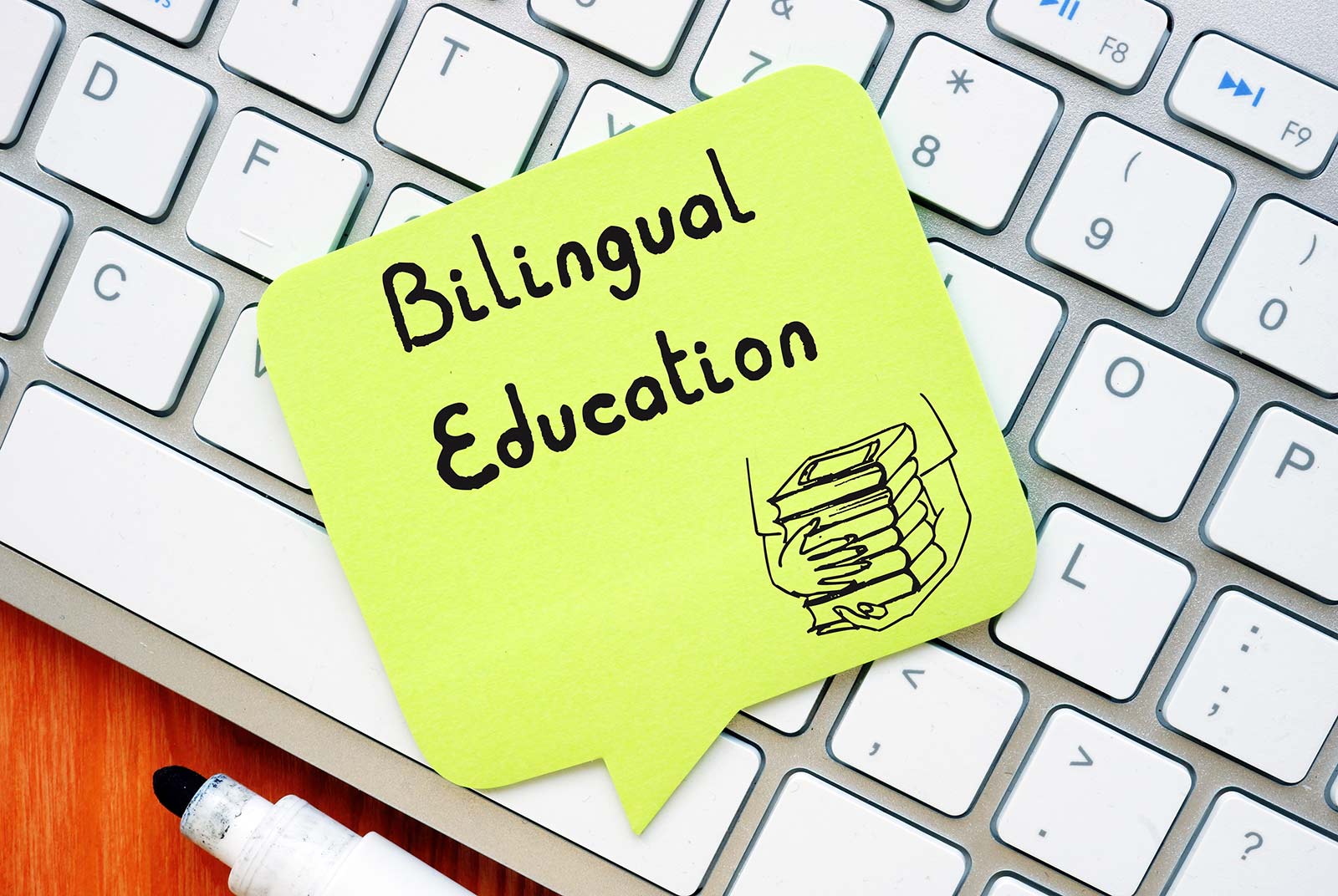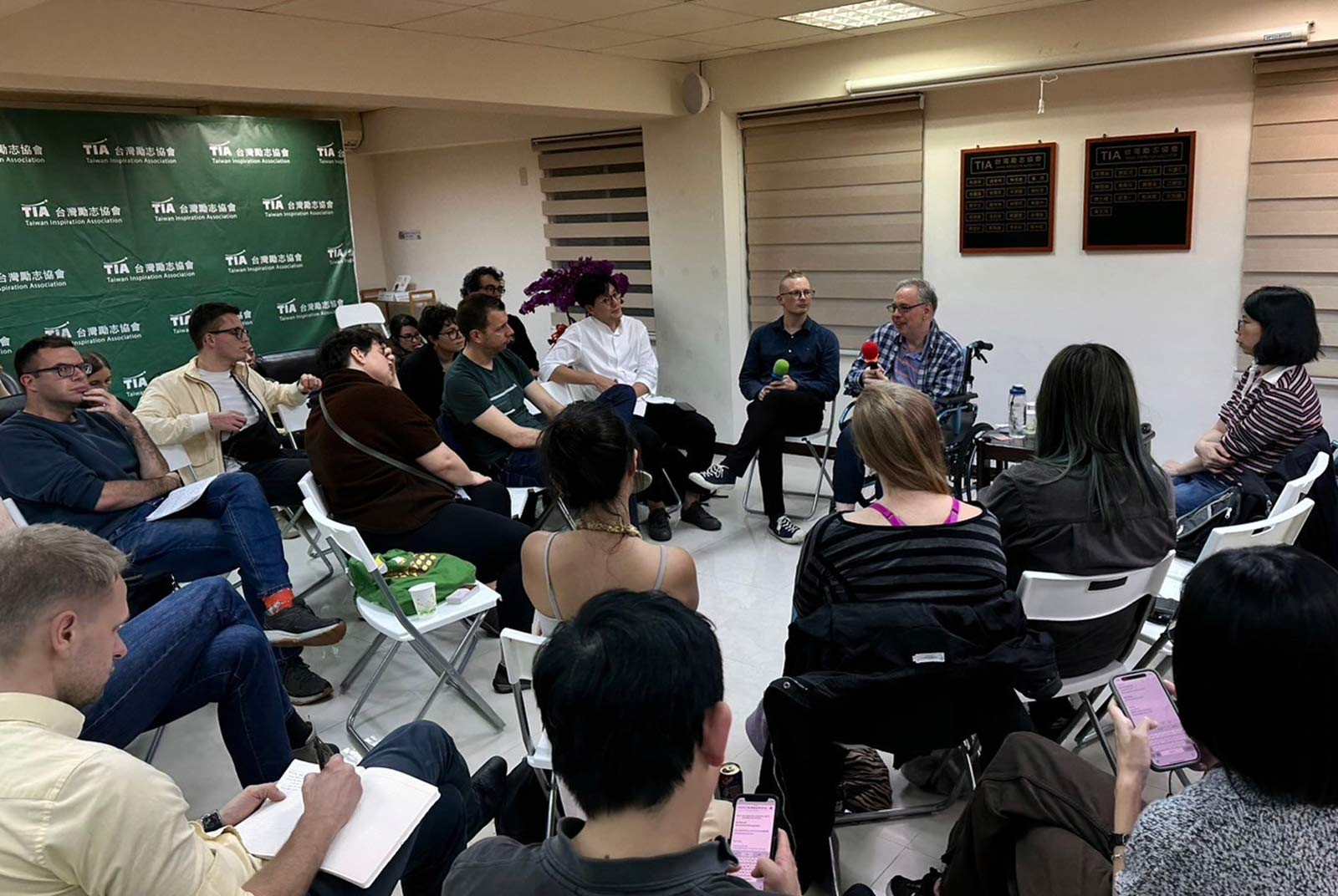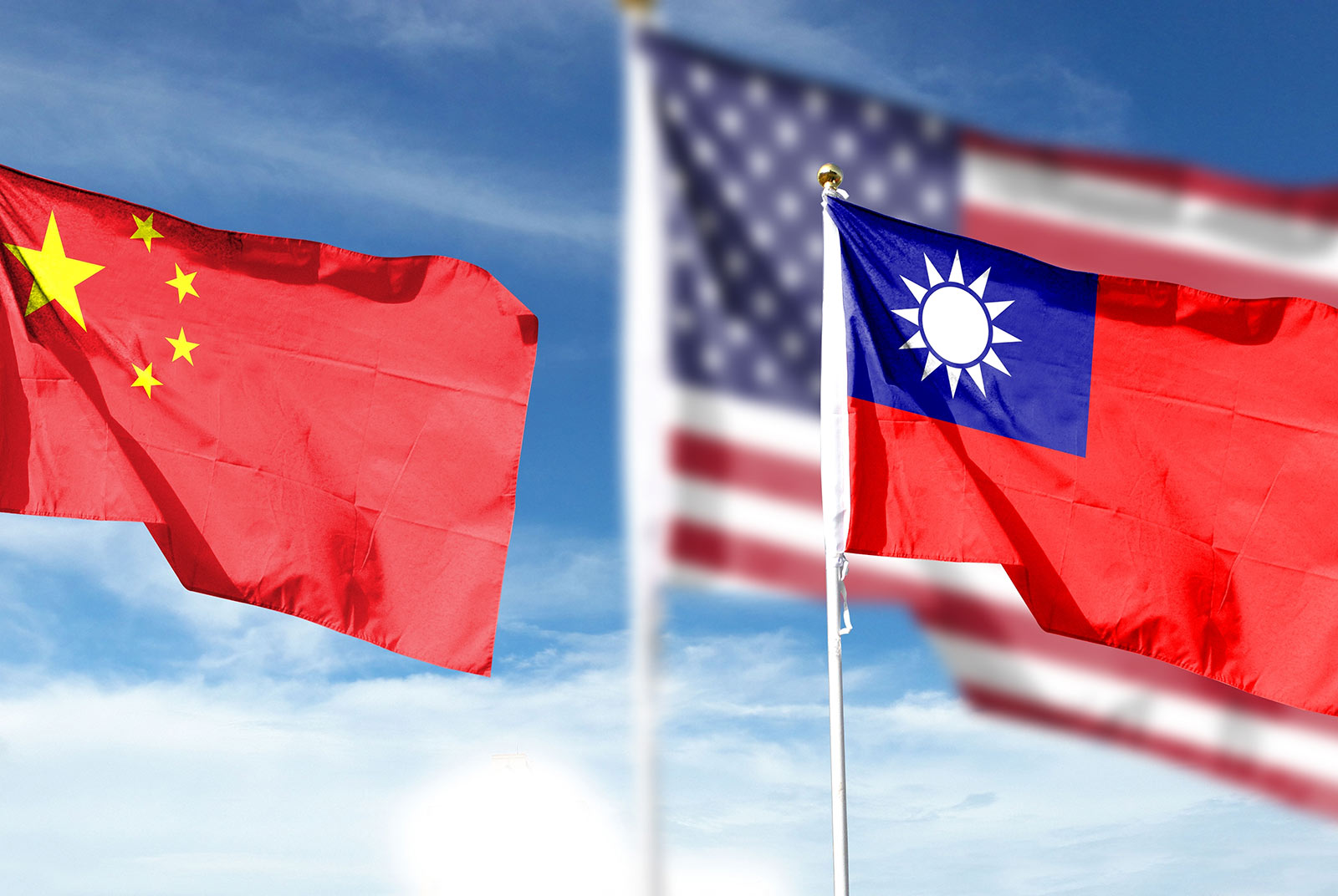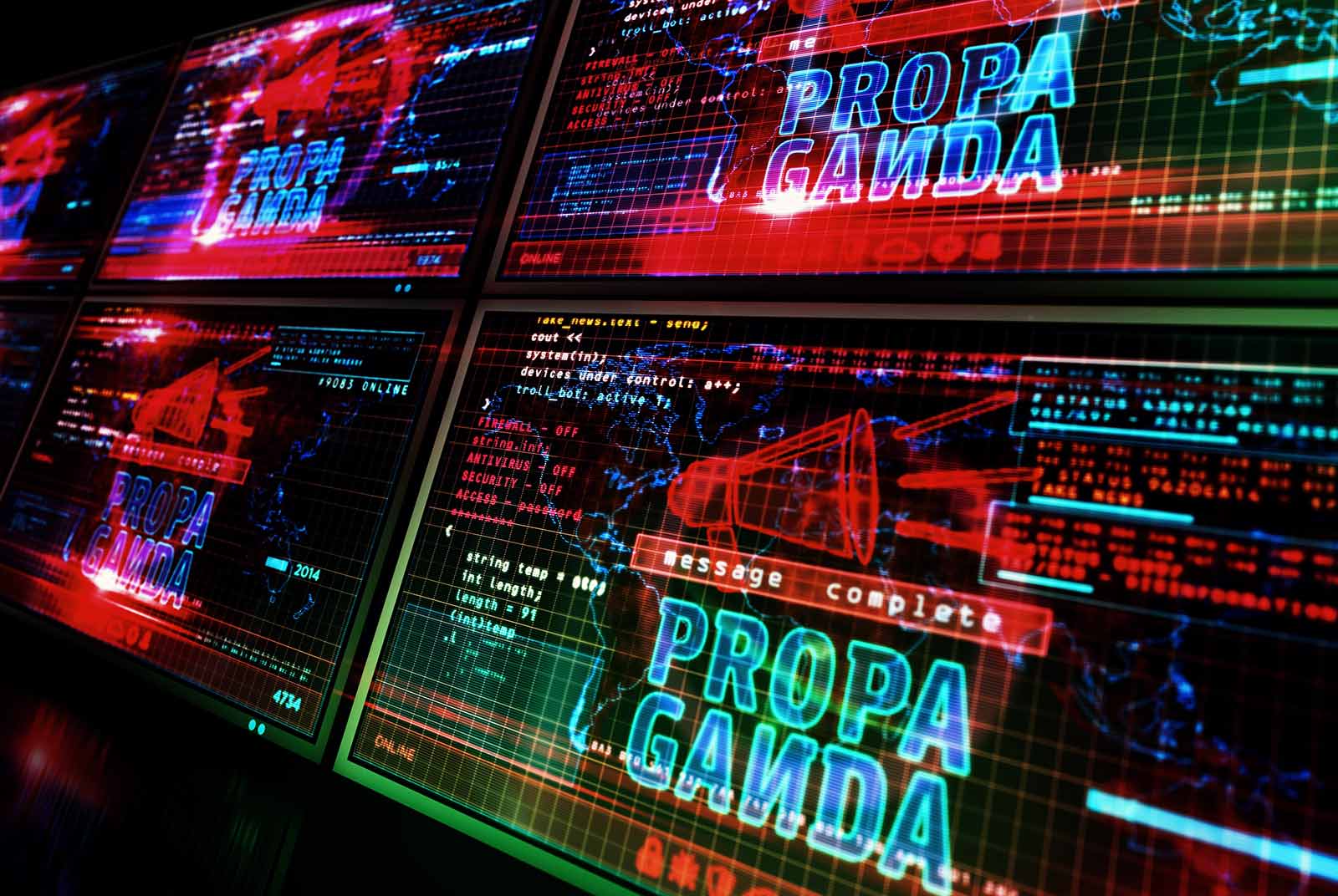Circular IKEA in Taiwan: every product deserves many lives

Source:Adrian Worth
As a well-known international brand selling home furnishings, IKEA announced that they will become a 100% circular business by 2030. What does circular mean to IKEA? And how should it be practiced in Taiwan?
Views
Circular IKEA in Taiwan: every product deserves many lives
By Adrian Worthweb only
As a leader in life at home and also a well-known international brand selling Home furnishings, it is our responsibility not to leave the climate challenge for the next generation.
At IKEA, we are in touch with millions and millions of customers – hundreds of millions of them and the IKEA vision is to “Create a better everyday life for the people” and we aim to bring this vision to life at IKEA Taiwan. That’s why we created the circular business model, to lease and resell as this may well become the business model of the future. There are however many misconceptions pertaining to being circular, as many people think it comes at a premium or is only accessible to a few, but that’s actually not true.
We want to become a 100% circular business by 2030
At IKEA, around 4% of the total climate footprint comes from the IKEA value chain, which is similar to the climate footprint of our retail operations or goods transport. In addition, Taiwan’s EPA (Environmental Protection Administration) reported that 150,000 metric tons of bulk waste were produced in Taiwan in 2020 and that the recycling rate was 36%, which means that 64% of the waste was incinerated and contributed to air pollution.
We want to reduce our environmental impact by transforming our current linear model (take, make, and dispose) to a circular one (take, make, and reuse). We don’t want to throw away furniture anymore, we want to reuse it instead by closing the loop. With this new model, the life of all furniture can be extended and the waste reduced. This is what we call #CircularIKEA.
What does circular mean to IKEA?
Transforming IKEA into a circular business is one of our biggest challenges for the future. It is impacting our business in all aspects: how and where we meet our customers, how and what products and services we develop, how we source materials and develop the IKEA supply chain.
(Source: Adrian Worth)
First: Enabling customers to acquire, care for and pass on products in circular ways
We’ve talked to people around the world so we know for a fact no one wants to be wasteful on purpose, but the way the world is today does not make sustainable living easy. IKEA wants to change all that.
To achieve this goal, we’ve made several attempts at changing customer behaviors in terms of how they purchase and use our products by offering, for example, better quality products and clear instructions on taking care of them, so that the life of products can be prolonged. Meanwhile, we are testing and developing new business models including buybacks, secondhand shops, leasing, and reselling, to enable customers to participate in our circular projects as we believe that together we can make better use of the resources and deliver a greater impact.
Second: 100% circular products by 2030
“We will design all of our products to be 100% circular from the beginning.” -- Malin Nordin, Head of Circular Development, Inter IKEA Group.
We follow the concept of Circular Design when creating our products, in ways like “Design for Disassembly”. When a product is damaged, you don’t have to throw the entire product away; instead, it can be easily disassembled and repaired. It can be recycled as efficiently as possible at the end of its life.
(Source: Adrian Worth)
Third: By 2030 all materials used are renewable or recycled
Whenever possible, we try to use recycled materials, such as recycled wood, plastic, and paper to make our products. Currently, 60% of the materials IKEA uses are renewable and 10% are recycled. The purpose of this is to allow products to be recycled and reused as raw materials for new products at the end of their life and to reduce waste.
(Source: Adrian Worth)
Fourth: Taking the lead and joining the forces with others
We know we cannot do this alone. We need to partner with others to reach the full potential of the circular model. A great example of collaboration is the “circular leasing” project with Taipei 101.
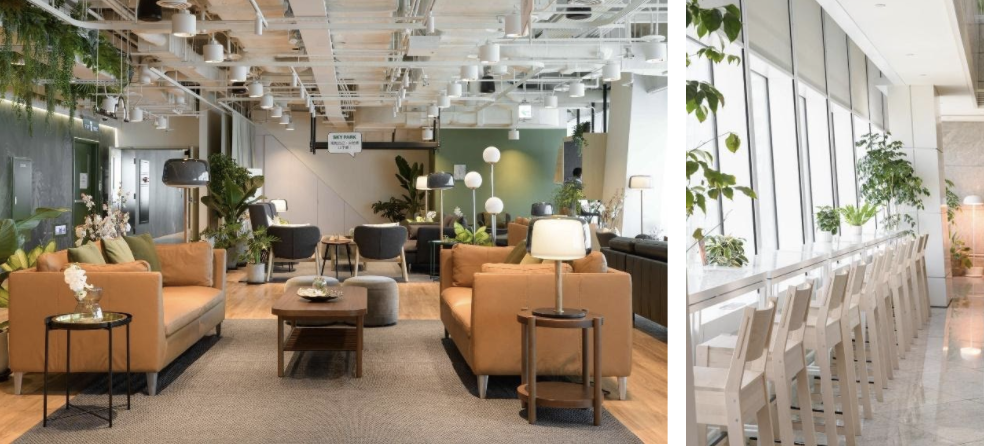
Taipei 101 Sky Park is having a circular leasing collaboration with IKEA. All the furniture in these office spaces, including the plants, are owned by IKEA, and 101 has the "right to use". (Source: Adrian Worth)
1. Furniture Leasing Collaboration with Taipei 101
From purchasing to renting: rethinking “ownership”
IKEA is currently engaged in a furniture leasing project with the world’s tallest green building, Taipei 101, to test the new model of product ownership. The project is called “Furniture as a service”. For three years, IKEA and Taipei 101 will collaborate on a circular leasing project that involves seasonal interior decoration services from IKEA.
At the end of the lease, IKEA will take back all the furniture, refurbish it and resell it. With this business model, the same set of furniture can be used multiple times. The transition from a one-time transaction product to an all-inclusive service engagement will prolong the life of the furniture and reduce waste since the furniture will return to IKEA’s loop when the rental service ends.
Some business customers have a need to regularly change their office landscape, and sometimes they need to buy one-off furniture items, for one-time events. The furniture would be thrown away after the event and it’s wasteful. We understand that customers only need the “service” of using furniture instead of "owning” it, that’s why we proposed this new business model, which enables our customers to use fewer resources while achieving greater value. This service is undoubtedly one of IKEA's most ambitious changes.
In recent years, businesses are focusing more on sustainability, and we notice that the demand for this kind of rental service is increasing. This service is excellent in helping businesses implement a sustainable office environment, and we are delighted to build more partnerships by offering this service so we can reach the full potential of a circular model.
2. Furniture Resale Project
Refurbishing instead of disposing
At IKEA, there is a good number of secondhand furniture from showrooms and customer returns. In the past, secondhand furniture would go to the AS-IS area for sale at a reduced price. However, we found that Taiwanese consumers are less likely to buy slightly damaged or used furniture, so the furniture would ultimately be discarded. We see this as wasteful because a furniture item with minor imperfections can still be used.
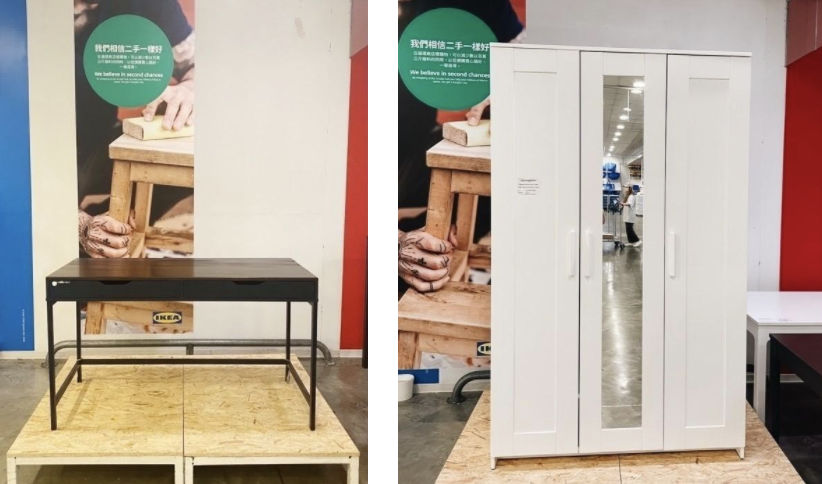
IKEA has launched its official “Re-sell Project”, and it is currently piloting at IKEA Hsin-Chuang Store. The pictures show two of the refurbished furniture examples. (Source: Adrian Worth)
That’s why we developed the Furniture Resale Project. We selected some damaged furniture and sent it to our partner to use advanced techniques. After refurbishment, the furniture has a second life in the store. It’s a practical idea that helps us achieve our circular goal faster.
Currently, we are exploring Taiwan’s secondhand market through this pilot project. If we receive positive customer feedback, we will work on establishing a more robust refurbishing process in the future. We also look forward to working on projects that develop secondhand shops, circular hubs, and additional ways to interact with Taiwanese consumers.
IKEA’s Future Circular Vision: Joining forces with others to create sustainable life for the many people
IKEA is on an exciting and innovative journey, where we are looking for new ways to meet the needs of as many people as possible. Our goal to become a 100% circular company by 2030 is an opportunity for us to grow and create more sustainable home life choices for people. However, to achieve this goal, we need the assistance and participation from more people.
Our work involves many different materials and a complex value chain, so we want to build a committed, long-term relationship with our suppliers, business partners, NGOs, communities and various stakeholders around the world.
We want to collaborate with our business partners and engage our customers in the acceleration of transforming from a linear economy to a circular one. Therefore, for the aforementioned Resale Project, for example, if you know someone who has the passion and skills for this project, we would love to hear from you.
In Taiwan, you can expect more and improved ways to interact with IKEA. Please stay tuned for our news online and in store. We’d love to have you embark on this journey of change with us together!
About the author:
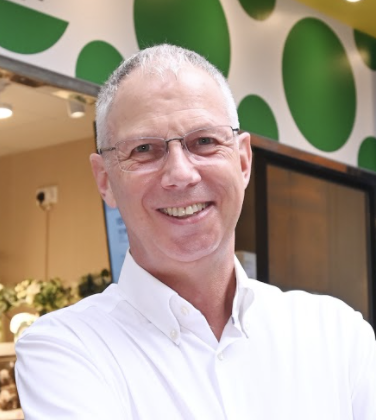
Adrian Worth, Managing Director
Dairy Farm IKEA North Asia
Adrian Worth joined Dairy Farm IKEA as the General Manager of IKEA Taiwan in 2014. Before joining IKEA Taiwan, he was Managing Director and Supply Development Manager for Inter IKEA Distribution Far East for a year in the Asia Pacific region and worked with IKEA Japan for five years in commercial and logistics functions. He started his IKEA journey in the UK in 1993 as a store Manager, then went on to manage customer delivery service in Distribution Service Western Europe covering UK, the Netherlands, and Belgium. Prior to IKEA, Adrian worked in food retail and supermarket operations in the UK and South Africa. The extensive retail experience in various roles enabled Adrian to lead the IKEA Taiwan team to sustained growth every year for the past 6 years.
In September 2019, Adrian became Managing Director of Dairy Farm IKEA North Asia, and he currently oversees IKEA businesses in Taiwan, Hong Kong and Macau.
Have you read?
♦ When will Taiwan go Carbon Neutral?
♦ Achieving supply chain sustainability from supply network design
♦ How can the Legislative Yuan accelerate SDGs in Taiwan?
Uploaded by Penny Chiang

